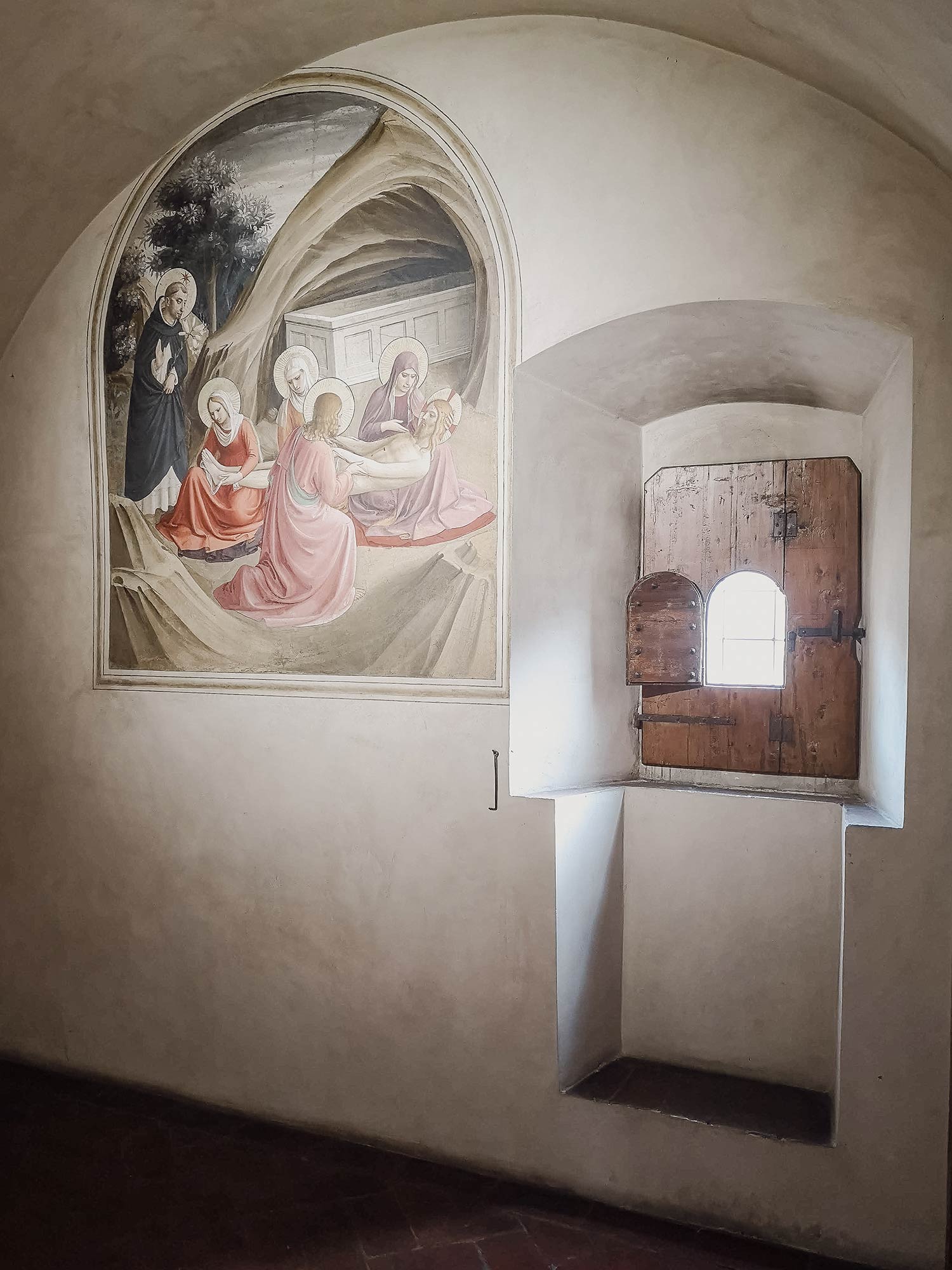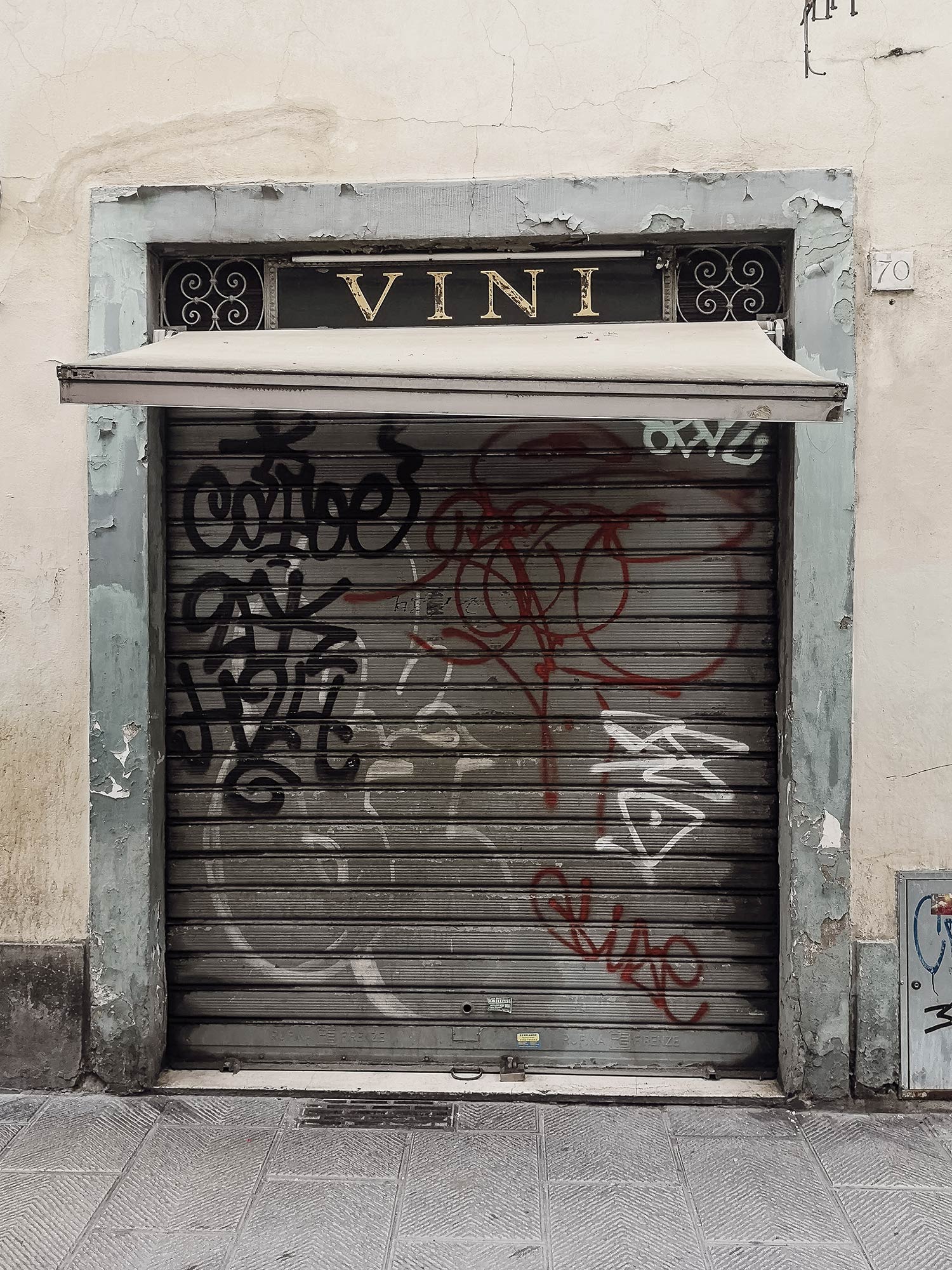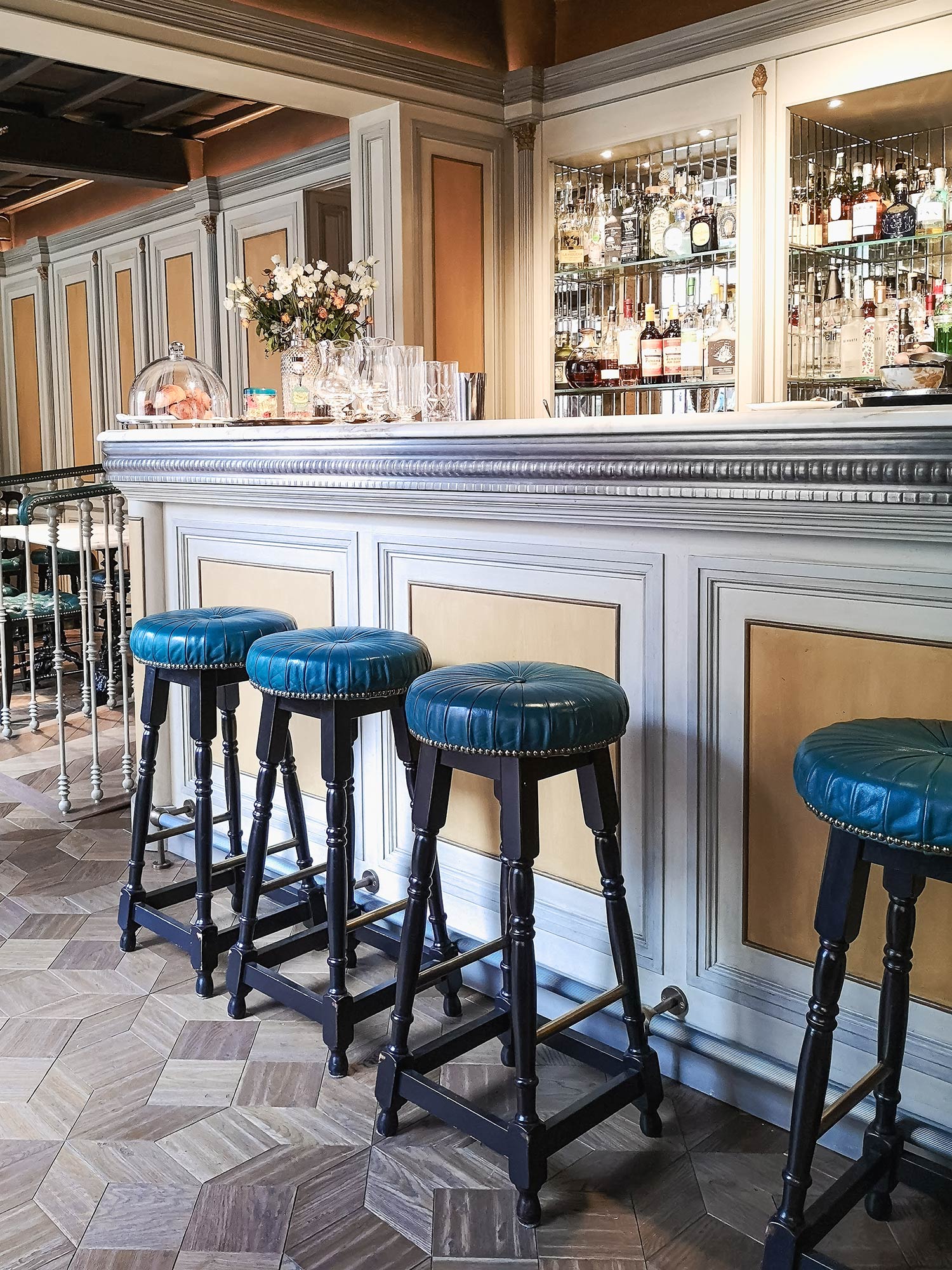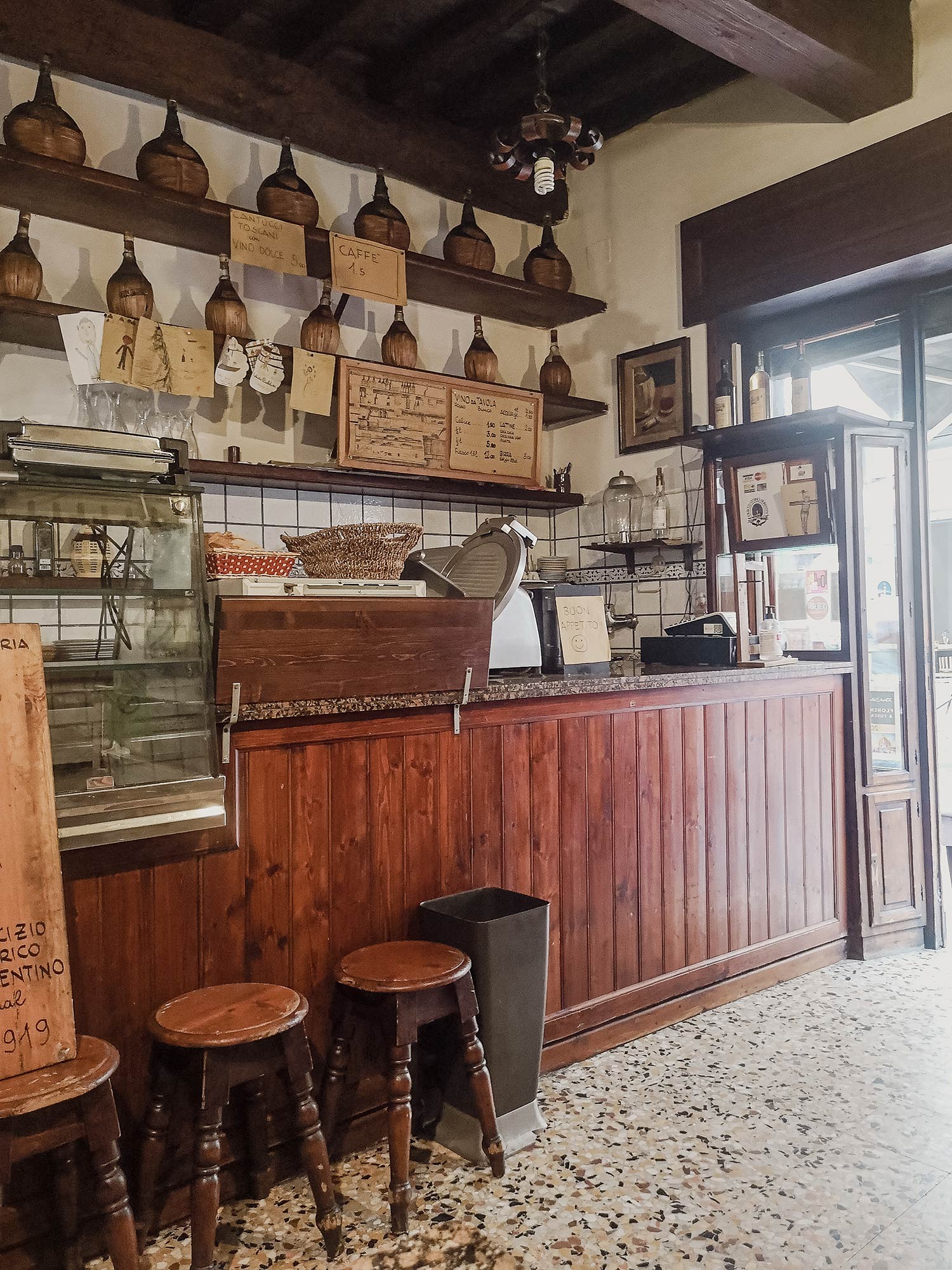Florence: the city of light and shadow
By: Thomas Lyons
Florence: the city of light and shadow

Florence is widely regarded as one of the great cities of the world, and has been considered so for a remarkably long time. Art lovers and romantics will be familiar with its stunning scenery long before their arrival in the city, thanks to the many Renaissance artworks scattered through museums around the world. On a November stroll through the streets, it appears barely changed from this historic era and in truth you are walking the same pavements that Michelangelo, Da Vinci, Catherine de’ Medici, Donatello, Galileo and Dante once trod.
Its Renaissance heritage is what draws so many of today’s visitors, with swathes of people swirling through the Piazza della Signoria to gaze at Michelangelo’s David (albeit a replica and under a shroud of scaffold today). The plethora of languages booming from our guides’ microphones speak to Florence’s global appeal – and proves that it’s not just the English who like to queue.

It was the House of Medici, specifically Cosimo de' Medici and his grandson Lorenzo, that transformed Florence with their patronage of the arts. The family bankrolled the artistic commissions that made the town famous, while war with neighbours, papal conspiracies, invasions, exile and the tide of Black Death all served as a backdrop to their reign. This tension of brilliance and barbarism is often thought of as the great creative force that made Florence central to the Renaissance.
The Medicis eventually fell to Girolamo Savonarola, a Dominican friar who won the people over with his proclamations, preaching, and vision of Florence as a ‘City for God’. Once in power he ordered a ‘Bonfire of the Vanities’, which saw ‘objectionable’ objects including irreplaceable manuscripts, ancient sculptures, priceless tapestries, antique and modern paintings, and books on divination, astrology, and magic burned in the public square. The destruction was focused on objects that might tempt one to sin. After a year, the prudish tide turned against him and he was excommunicated, hanged on a cross and burned to death in the very same square. Puritanism would come and go over the next few centuries, but the need for the arts was continuous.

The conjunction of these elements is remarkably illustrated in The Convent of San Marco, which stands on a site from the 12th century, and was rebuilt in the 15th century by Cosimo de’ Medici. There is an immense sense of calm as you enter the convent courtyard, away from the bustling mercantile streets outside. Many of the great figures of 15th century culture and spirituality lived and worked in the convent, including Savonarola and Cosimo, who had his own cell where he prayed and meditated.

Giovanni of Fiesole, better known as Fra Angelico, decorated the cells on the first floor and other spaces in the convent with beautiful frescoes, charged with profound spiritual meaning and featuring scenes of the life and miracles of St Antoninus – or Little Antony, as the Florentines knew him.
“Florence is known as the city of chiaroscuro: light and shadow. It revels in its dualism, offering high art and a rustic temperament all in the same visit.”
The best way to sample the city is to seek out the locals-only spots. As you cross the Ponte Vecchio and head to the other side of the river Arno you enter the Oltrarno, whose artisanal shops and boho touches makes it Florence's latest hot neighbourhood. Here, the family-run Trattoria Sabatino – considered one of the best restaurants in Florence – makes traditional hearty Tuscan classics.
The food has hardly changed in 50 years, and some say neither have the prices. On the menu: Tortelli di patate al sugo, filled with potato and covered with a rich meat sauce, Tuscan white fagioli beans with olive oil and salt, raw fennel finocchi crudi conditi, minestrone di passato con pasta, and local roast meats, followed by almond or ricotta cake, or fresh fig and walnut tart. It is both unpretentious and delicious. As you pay the bill at the deli counter on the way out, a photo of a young Anthony Bourdain looks down on you approvingly.
The cocktails at the Gucci Garden are certainly worth experiencing, but the daiquiris down at the hole-in-the-wall Antico Caffè del Moro are brought into the realm of fine art by its old school owner, Paolo. A steady stream of locals come through the door from the minute it’s opened to catch up on gossip at the bar and to drink a few glasses of Franciacorta (don’t ask for Prosecco at the risk of being educated), poured almost as soon as they enter. A steady drum of 70s Italian rock music plays across the vintage speakers above tables of first daters, men with small dogs and giggling Japanese influencers, admiring cocktail garnishes which look more like the work of a milliner than a mixologist.

What to do:
DRINK: Drink: Antico Caffè del Moro, Via del Moro, 4, 50123 Firenze FI, Italy. Daily until 1.30am
EAT: Trattoria Sabatino, Via Pisana, 2/R, 50143 Firenze FI, Italy. Open weekdays for lunch and dinner, closed weekends
STAY: Old: St Regis Florence, Piazza Ognissanti. Classic Florentine architecture, frescoes, and crystal chandeliers on the banks of the River Arno.
Young: The Social Hub Florence, Viale S. Lavagnini 70-72. Formerly The Student Hotel, it’s no longer just for students with a summertime rooftop pool and bar.
Something else: 25hours Hotel Piazza San Paolino, Piazza San Paolino 1. A monastery complex restored into a hotel that’s popular with art-lovers and hipsters alike.
Do: Mercato di Sant’Ambrogio, Piazza Lorenzo Ghiberti, 50122 Firenze FI, It, from 7am, closed Sundays
Florence is known as the city of chiaroscuro: light and shadow. It revels in its dualism, offering high art and a rustic temperament all in the same visit.
To experience this, head down to the Mercato di Sant’Ambrogio early in the morning to see all walks of city life converge as Florentines move, like flitting insects, between the colourful stalls. Antique tables mingle with rails of fur coats, high fashion cast offs and a man selling obscure, but well tailored, vintage Italian hunting gear. Rest against a counter with your breakfast espresso and cornet con crema, and watch the fish market and fruitmongers go about their day. It’s a tradition which has played out for centuries.
Da Vinci considered the Mona Lisa smile a work eternally in progress – he carried the incomplete portrait around with him and constantly altered and perfected it. So, it seems, is Florence, which has a future that promises to be as inspiring and surprising as its past.


